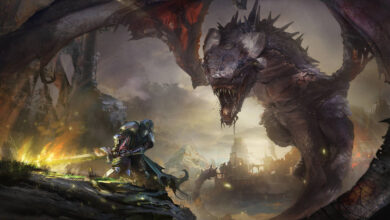Ancient Egypt 15 Surprising Facts You Need to Know
As one of the most fascinating and mysterious civilizations in history, Ancient Egypt continues to captivate us with its impressive architecture, iconic artwork, and enigmatic symbols.
From the towering pyramids to the golden treasures of Tutankhamun’s tomb, the legacy of this ancient civilization still leaves us in awe.
n this article, we will delve into the wonders of Ancient Egypt and uncover 15 surprising facts that will leave you amazed. Get ready to travel back in time and discover the secrets of the pharaohs, the gods and goddesses, and the everyday life of the people who lived along the Nile River.
So, let’s begin our journey and explore the wonders of Ancient Egypt together!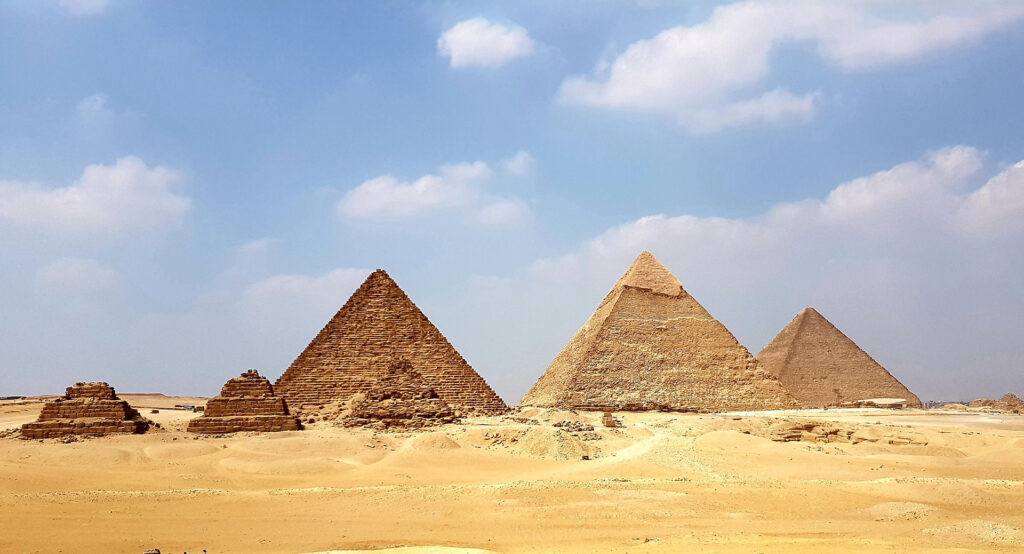
Ancient Egyptians believed in a vast pantheon of gods and goddesses.
1 They worshipped them in various ways, including temple rituals, offerings, and personal prayers at home. The gods and goddesses were believed to have control over different aspects of nature and human life, such as the sun, the moon, the Nile River, fertility, war, and love. Some of the most famous deities in Ancient Egypt include Ra, the sun god; Osiris, god of the afterlife; Isis, goddess of magic and motherhood; Horus, god of the sky and kingship; and Anubis, god of mummification and the dead.
The Egyptians believed that by honouring and appeasing these gods and goddesses, they could gain their favour and protection in life and in the afterlife.
The Great Pyramid of Giza is one of the most famous and impressive structures in the world, and it is the largest of all the pyramids in Egypt.
2 It was built over 4,500 years ago as a tomb for the pharaoh Khufu and took an estimated 20 years to construct using around 2.3 million stone blocks, each weighing an average of 2.5 tons. The pyramid is 147 meters (481 feet) tall, and it remained the tallest man-made structure in the world for over 3,800 years until the construction of the Lincoln Cathedral in England in the 14th century.
Despite being thousands of years old, the Great Pyramid of Giza still stands today as a testament to the ingenuity and engineering skills of the ancient Egyptians.
Ancient Egyptians invented a form of paper made from the papyrus plant, which grew abundantly along the Nile River.
3 Papyrus was used for a variety of purposes, including writing, drawing, and even as a material for making boats and sandals. The process of making papyrus involved cutting the stems of the plant into thin strips, soaking them in water, and then layering and pressing them together to form sheets. The resulting paper was lightweight, durable, and easy to transport, making it an essential tool for communication and record-keeping in ancient Egypt.
Additionally, papyrus was also used in mummification, as it was believed to have magical properties that could protect the dead in the afterlife.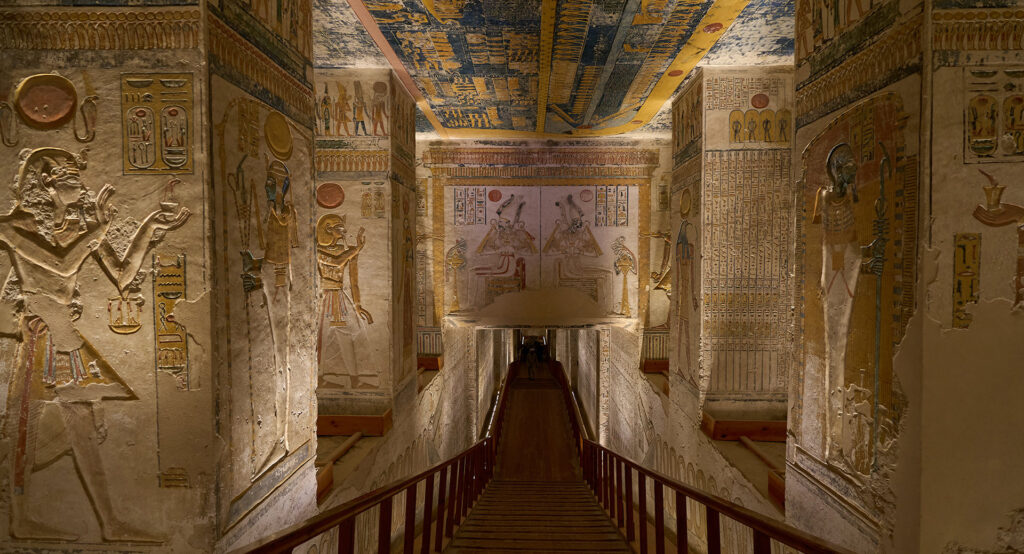
Egyptians had a complex writing system known as hieroglyphics that used pictures to represent words and sounds.
4 The word “hieroglyphics” comes from the Greek words “hieros” meaning “sacred” and “glyphein” meaning “to carve,” reflecting the fact that hieroglyphics were often used for religious texts and inscriptions on temples and tombs. The writing system was made up of over 700 different characters, each representing a different word or concept.
Hieroglyphics were often written on papyrus, but they were also carved into stone and other materials. It took years of study and training to become proficient in hieroglyphics, and only a small percentage of the population was literate in this writing system.
However, the discovery of the Rosetta Stone in 1799 allowed scholars to decipher hieroglyphics and unlock a wealth of knowledge about Ancient Egypt’s history, culture, and beliefs.
Cats were highly revered and considered sacred animals in Ancient Egypt, and they played an important role in Egyptian culture and mythology.
5 They were often depicted in art and literature, and many Egyptians kept cats as pets and even worshipped them as symbols of the goddess Bastet, who was believed to protect the home and bring fertility and good luck. Killing a cat, even accidentally, was considered a serious crime punishable by death, and cats were often mummified and buried with their owners.
This reverence for cats is thought to have contributed to the spread of domesticated cats throughout the ancient world, as they were valued for their ability to protect grain stores from rodents and other pests. Today, cats are still beloved pets in Egypt and around the world, and the country is home to several species of wild cats, including the African wildcat, which is believed to be the ancestor of the domesticated cat.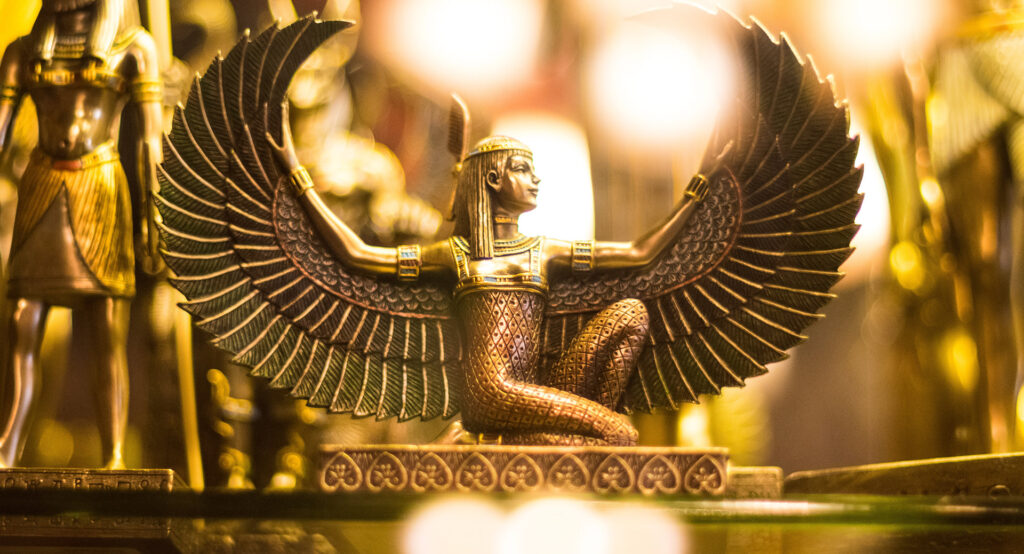
Cleopatra VII, the last pharaoh of Ancient Egypt, was actually of Greek ancestry.
6 She was a member of the Ptolemaic dynasty, a Greek family that ruled Egypt after the death of Alexander the Great in 323 BCE. Cleopatra was born in Alexandria, Egypt in 69 BCE, and was the daughter of Ptolemy XII Auletes. She was the first Ptolemaic ruler who spoke the Egyptian language and embraced Egyptian culture and religion, but her Greek heritage was still a significant part of her identity.
Cleopatra is remembered in history for her political savvy, her beauty, and her relationships with Julius Caesar and Mark Antony. She was a powerful and influential ruler, but her reign came to an end when she was defeated by Octavian (later known as Augustus) in the Battle of Actium in 31 BCE. After her defeat, she took her own life, and Egypt became a province of the Roman Empire.
The ancient Egyptians believed that the heart was the center of the soul and the body, and it was considered to be the source of a person’s emotions, thoughts, and personality.
7 They believed that after death, the heart was weighed against the feather of Ma’at, the goddess of truth and justice, in the Hall of Judgment. If the heart was found to be pure and balanced, the deceased was allowed to enter the afterlife. However, if the heart was heavy with sin, the deceased was believed to be devoured by the goddess Ammit, who had the head of a crocodile, the body of a lion, and the hindquarters of a hippopotamus.
To ensure that the heart remained intact during the mummification process, the ancient Egyptians developed a complex system of embalming that involved removing the internal organs and preserving them separately in canopic jars. The heart, however, was left inside the body, as it was considered to be essential for the soul’s journey through the afterlife. The mummification process was an elaborate and time-consuming procedure, and it was reserved for the wealthy and elite members of Egyptian society.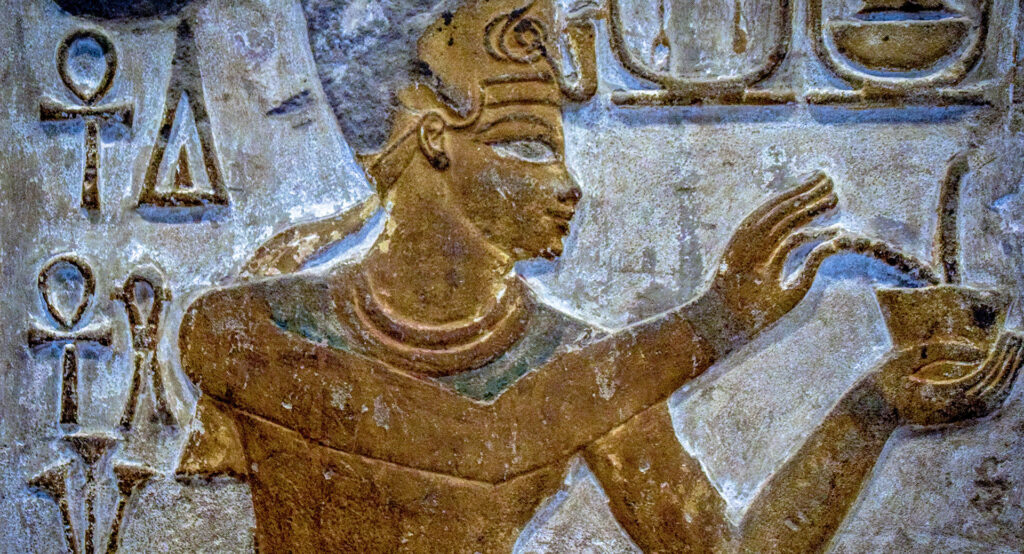
The ancient Egyptians were known for their astronomical knowledge and were the first to create a solar calendar based on the movements of the sun.
8 Their calendar was divided into 12 months of 30 days each, and they added five extra days at the end of the year to bring it to 365 days, which is the length of a solar year. The months were named after the cycles of the Nile River and the agricultural seasons, and the calendar was an essential tool for farmers to determine the best time for planting and harvesting crops.
The Egyptian calendar was not perfect, however, as it did not take into account the extra quarter day that accumulates each year in the solar calendar. To address this, the Egyptians eventually introduced a leap year with an additional day every four years. This system was later refined by the Romans and became the basis for the Julian calendar, which is still used in some parts of the world today.
The ancient Egyptians were skilled mathematicians and developed a system of mathematics that was essential for their everyday lives, including architecture, construction, and trade.
9 They were able to solve complex problems, including geometry and algebra, and used their mathematical knowledge to build the pyramids and other monumental structures.
The ancient Egyptians used a decimal system based on ten, and they had symbols for one, ten, one hundred, one thousand, ten thousand, and so on. They were also able to solve equations involving unknown variables, using techniques similar to modern algebra. Additionally, they were skilled in geometry and were able to calculate areas, volumes, and angles.
One of the most significant mathematical achievements of the ancient Egyptians was their ability to accurately measure and record the movements of the stars and planets. They developed a system of astronomy that was essential for their religious beliefs and their agricultural practices. They were able to predict the flooding of the Nile River and the movements of the stars and planets, which helped them to determine the best time for planting and harvesting crops.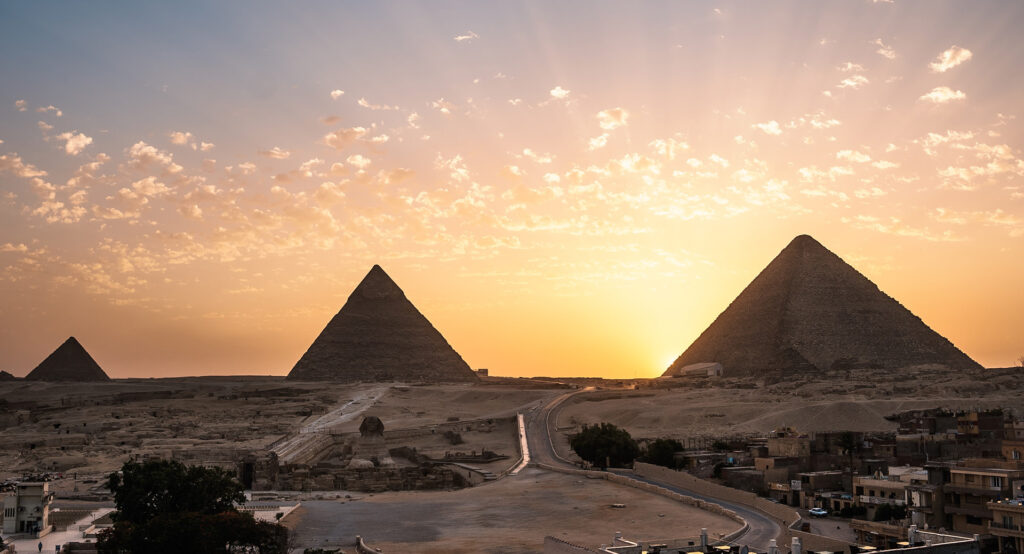
The ancient Egyptians placed great importance on personal hygiene and beauty, and they used a variety of cosmetics and toiletries to enhance their appearance and keep themselves clean.
10 They were also the first to invent and use perfume, which they made by extracting scents from flowers, plants, and spices.
Both men and women used makeup and cosmetics, including kohl, a type of eyeliner made from galena, and rouge, made from red ochre. They also used oils and ointments made from natural ingredients like myrrh, frankincense, and almond oil to moisturize their skin and protect it from the harsh desert climate.
Cosmetics and toiletries also had religious significance in ancient Egyptian culture. Many of the ingredients used in these products were associated with the gods and goddesses, and they were used in religious rituals and ceremonies. For example, eye makeup was used to honor the god Horus, who was often depicted with distinctive eye markings. The Egyptians also believed that perfumes and oils had the power to purify and protect the soul, and they used them in religious ceremonies and funerary rituals.
The ancient Egyptians believed in the afterlife and the importance of preserving the body after death so that the soul could continue to exist in the afterlife.
11 They developed elaborate burial rituals and techniques, including mummification, to ensure that the body was preserved and protected.
Mummification was a complex and expensive process that involved the removal of internal organs, dehydration of the body, and wrapping it in bandages. The organs were stored in canopic jars, and the body was placed in a coffin or sarcophagus, often decorated with intricate artwork and hieroglyphics.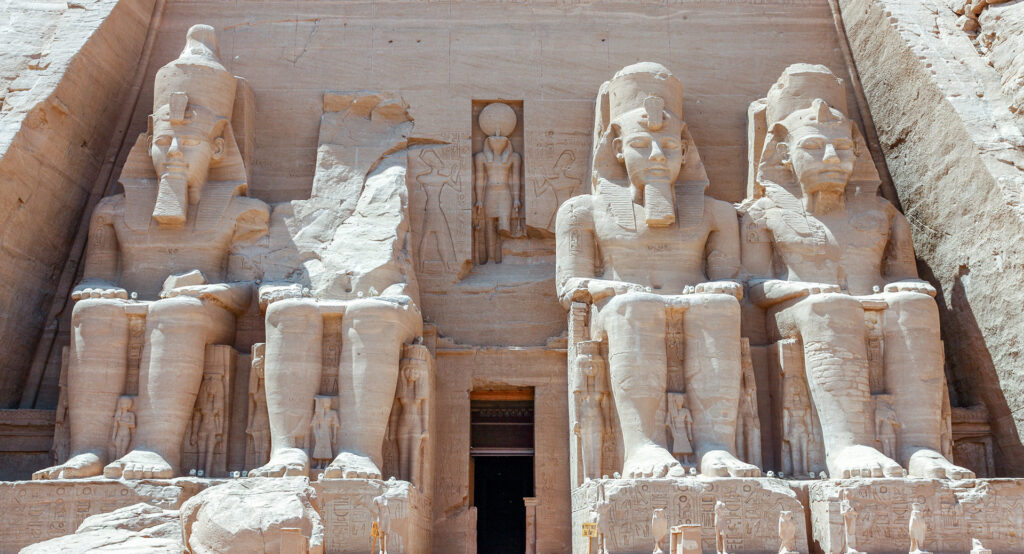
The Egyptians also believed that the deceased would need food, clothing, and other essentials in the afterlife, and they were often buried with these items, as well as with jewellery, amulets, and other treasures. Wealthy Egyptians would often have elaborate tombs built for them, complete with furniture, statues, and other decorations.
The belief in the afterlife and the importance of burial rituals was a fundamental aspect of ancient Egyptian culture and religion, and it influenced many aspects of their daily lives, including art, architecture, and social customs.
The Nile River is one of the longest rivers in the world and is considered to be the lifeline of Ancient Egypt.
12 It flows through the heart of Egypt and played a crucial role in the development of the Egyptian civilization.
The Nile River provided the ancient Egyptians with water for drinking, bathing, and irrigating crops. The Nile’s annual flooding cycle provided the rich soil necessary for agriculture, which sustained the civilization for thousands of years. The river also served as a means of transportation, allowing the ancient Egyptians to transport goods and people along its waters.
The Nile was so important to the ancient Egyptians that they even worshipped it as a god. They believed that the Nile was responsible for the fertility of their land, and they celebrated its annual flooding with a festival called Wepet Renpet, or “Opening of the Year.”
Overall, the Nile River played a critical role in the success and longevity of Ancient Egypt.
The ancient Egyptians were skilled in medicine and made significant contributions to the field of medicine.
13 They had a deep understanding of the human body and were able to diagnose and treat a variety of illnesses and injuries.
One of the surgical techniques they developed was trepanation, which involved drilling a hole in the skull to treat injuries and relieve pressure on the brain. This technique was used to treat head injuries, skull fractures, and other conditions that caused pressure on the brain. The ancient Egyptians also used herbs and other natural remedies to treat illnesses and injuries.
The Edwin Smith Papyrus, one of the oldest known medical texts in history, dates back to around 1600 BCE and contains detailed descriptions of surgical procedures and medical treatments. It provides a fascinating insight into the medical knowledge and practices of the ancient Egyptians.
In addition to their medical knowledge, the ancient Egyptians also had a complex understanding of the human body and believed that the heart was the centre of the soul and the source of emotions and intellect. They also believed in the concept of balance and harmony between the body, mind, and spirit, and this philosophy influenced their approach to medicine and healing.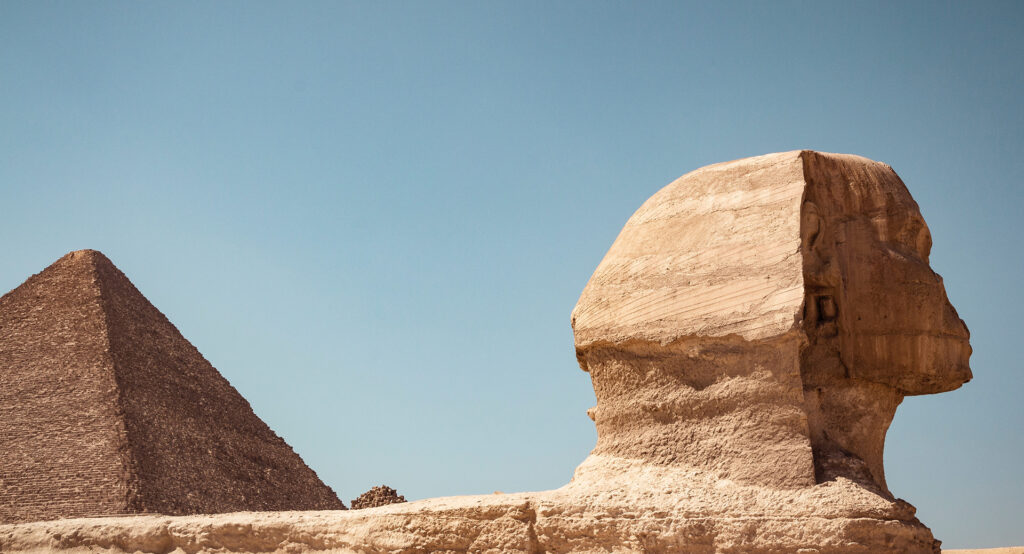
The ancient Egyptians believed in a polytheistic religion, which means that they worshiped multiple gods and goddesses.
14 They believed that these deities controlled various aspects of the natural world, such as the sun, the Nile River, and the harvest, as well as human events, such as birth and death.
To appease these gods and goddesses, the ancient Egyptians performed elaborate rituals and offered sacrifices and offerings. For example, they would build temples and shrines to house the statues of the deities, and perform daily rituals to maintain their favor. They would also make offerings of food, drink, and other goods, which were believed to be consumed by the gods and goddesses.
The ancient Egyptians believed that by performing these rituals and offering sacrifices, they could ensure the continued fertility of the land and the prosperity of their society. This belief was central to their culture and had a significant impact on their daily lives.
Ancient Egypt was home to many famous pharaohs who left behind impressive monuments, temples, and tombs.
15 Tutankhamun, for example, is perhaps the most famous pharaoh today, largely due to the discovery of his nearly intact tomb in the Valley of the Kings in 1922 by Howard Carter. Tutankhamun was a relatively minor pharaoh, but his tomb was filled with treasures and artefacts that shed light on ancient Egyptian culture and religion.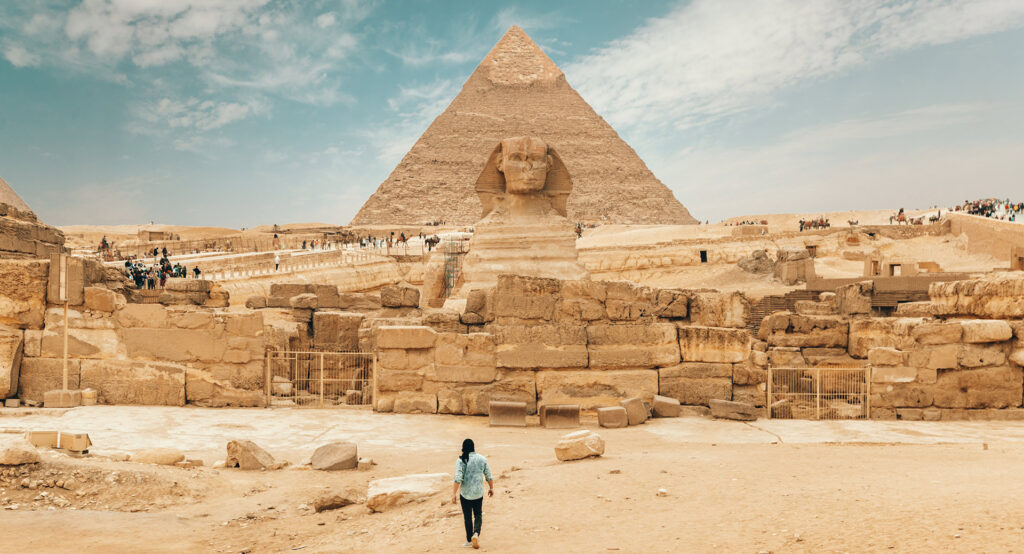
Ramses II, also known as Ramses the Great, was one of the most powerful pharaohs in ancient Egypt. He is known for his numerous building projects, including the construction of the temple complex at Abu Simbel and the great temple at Karnak. He also fought in many battles and is often depicted in statues and reliefs in a victorious pose.
Hatshepsut was another famous pharaoh, and the only woman to rule as a pharaoh in ancient Egypt. She was known for her building projects, including the construction of her mortuary temple at Deir el-Bahri, which is considered one of the greatest architectural achievements of ancient Egypt. Hatshepsut also sponsored expeditions to the land of Punt, which brought back exotic goods such as incense, gold, and myrrh.
These pharaohs, among others, left a lasting legacy in ancient Egypt and their monuments continue to inspire wonder and awe today.
